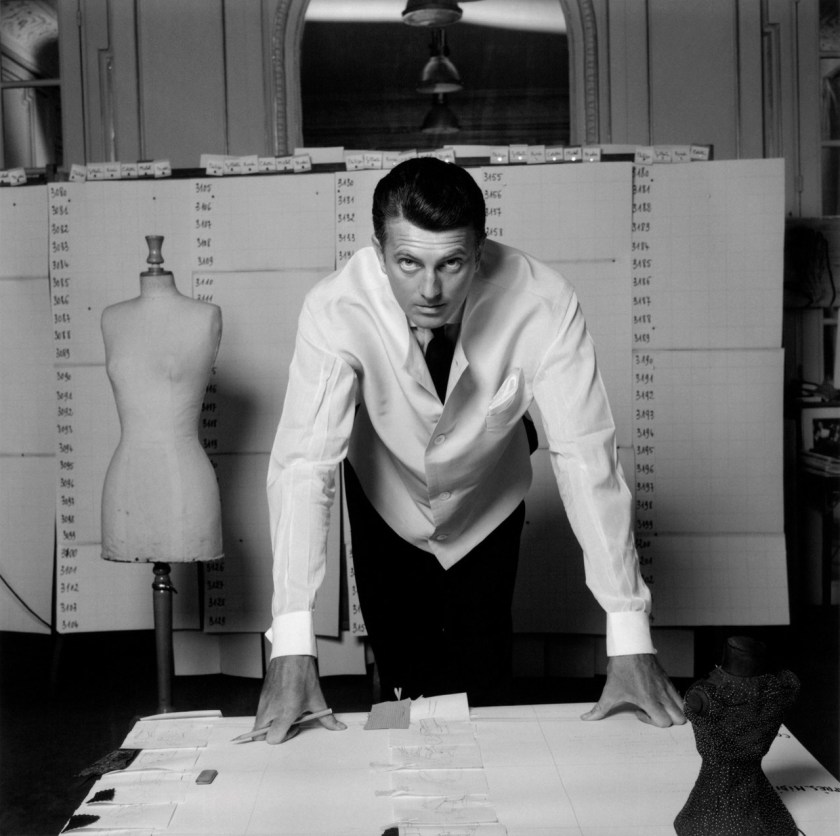Trailblazer in the world of ready-to-wear fashion, pillar of romantic elegance known for designing the little black dress that Audrey Hepburn in 1961's Breakfast At Tiffany's, Hubert de Givenchy died on Saturday. He was 91.
Number of women who defined style in the 1950s and '60s including Elizabeth Taylor, Grace Kelly and Jacqueline Kennedy, who wore a Givenchy design to President Kennedy's funeral, were customers of Givenchy.
The designer launched a menswear line in 1969, called Givenchy Gentleman. He sold the Givenchy house to luxury conglomerate LVMH in 1988, staying on until he retired in 1995.
Fashion house called its founder the enfant terrible of haute couture: "His 'separates' – elegant blouses and light skirts blending architectural lines and simplicity – met with enormous success in light of the more constricted looks of the day. ... Spare lines, slender hips, slim silhouettes and swan-like necks won over actresses from around the world."
Hubert de Givenchy was born to an aristocratic family in Beauvais, France, on February 21, 1927. After attending art school, he worked for several important fashion designers in Paris. He opened his own design house in 1952 and was immediately praised for his chic, feminine designs.
Hubert James Marcel Taffin de Givenchy was born on February 21, 1927, in the city of Beauvais in northern France. His parents, Lucien and Béatrice (née Badin) Taffin de Givenchy, gave him and his brother, Jean-Claude, an aristocratic heritage. After Lucien died in 1930, Givenchy was raised by his mother and maternal grandmother.
In 1944, Hubert de Givenchy moved to Paris, where he studied art at the École Nationale Supérieure des Beaux-Arts. Though he considered a career in law, he decided to enter the world of fashion. At the age of 17, Givenchy began an apprenticeship with designer Jacques Fath. After his time with Fath, Givenchy worked for famous French couture houses like Lucien Lelong, Robert Piguet and Elsa Schiaparelli.
He opened his own design house in 1952, maintaining a modest business plan. His debut collection was a hit, featuring separates such as long skirts and tailored tops that included the "Bettina blouse," named after model Bettina Graziani. In his following collections, he highlighted elegant evening gowns, feminine hats and tailored suits. The Givenchy name thus became synonymous with Parisian chic.
In 1953, Givenchy met Spanish designer Cristóbal Balenciaga, whom he greatly admired and who became a beloved mentor. In the mid-1950s, the two teamed up to introduce a new silhouette called the "sack," a loose form without any waistline. By the 1960s, Givenchy, setting new trends and embracing aspects of youth culture, had begun to favor shorter hemlines and straighter silhouettes in his designs.
After selling his business to the luxury conglomerate Louis Vuitton Moët Hennessey in 1988, Givenchy designed for seven more years, retiring and presenting his final collection in 1995. He was succeeded as head designer by enfant terrible John Galliano, with Alexander McQueen and Riccardo Tisci later serving as head designers.















.